Living Ingredients Are Breathing New Life Into Skincare
BEAUTY & COSMETICS
Living ingredients, like probiotics and fermented extracts, have always been associated with the food sector but are now set to transform the beauty industry. From gut health to anti-ageing skincare, discover why consumers are embracing products that feel alive, authentic, and rooted in both science and tradition for their beauty routines.

In a cultural moment defined by scepticism toward the industrial and artificial, consumers are seeking something more real, more rooted, and, quite literally, more alive. A growing trend towards living ingredients is reshaping not just how people eat, but also how they approach beauty and self-care.
Born from a broader wellness movement, these fermented, cultured, and actively evolving components are prized for more than just their health benefits. They carry emotional and symbolic weight, offering a kind of quiet rebellion against the hyper-processed, sterile systems many now distrust. In food, this shows up in the rise of sourdough, kombucha, and wild ferments, all of which have boomed in recent times, with the latest health trend being gut health. In beauty, it’s manifesting in a growing range of products that feel less engineered and more alive.
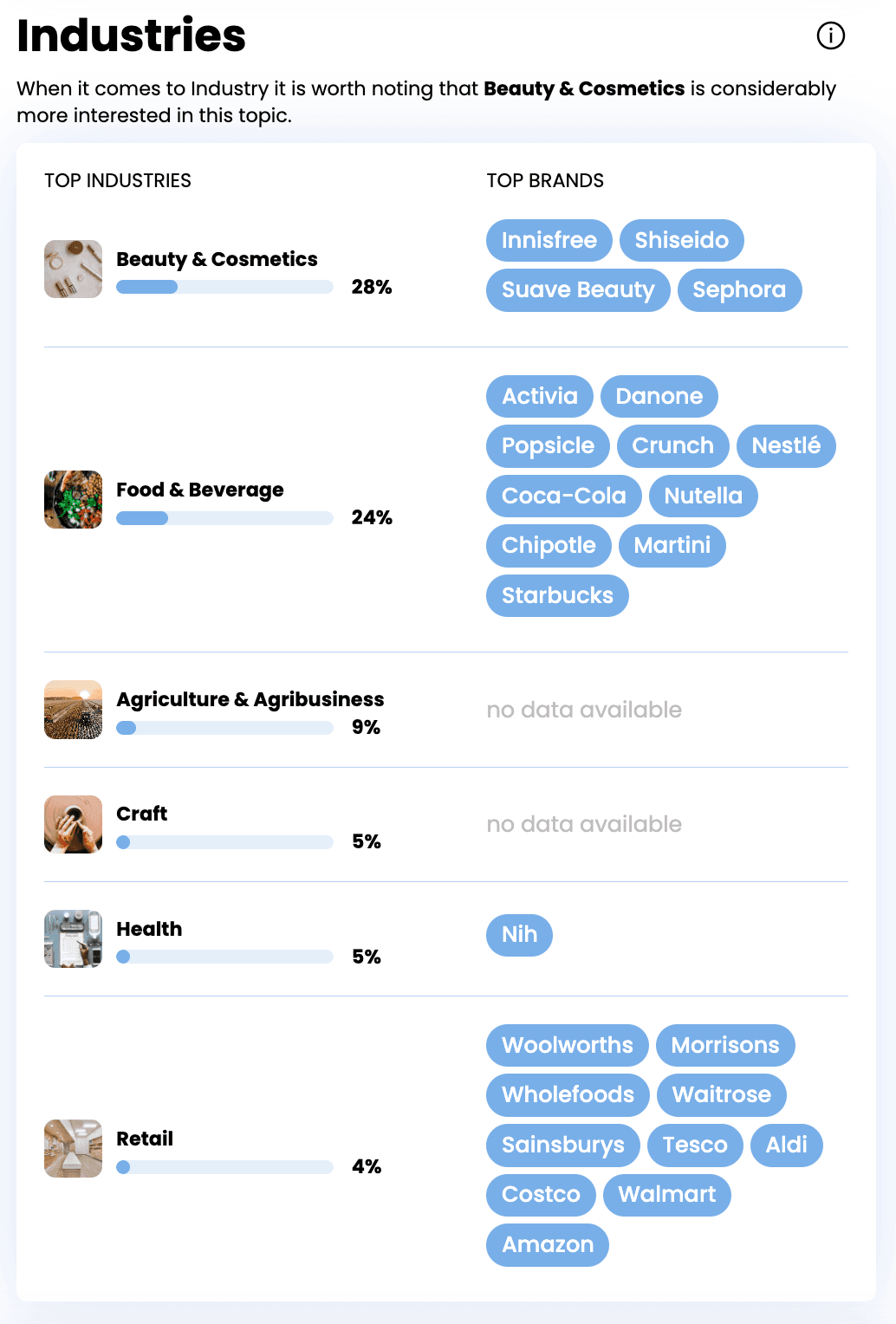
Top industries from the "Living Ingredients" trend on the Nextatlas platform (screenshot taken in July 2025)
From Gut to Glow, Living Ingredients Make the Leap to Beauty
While the origins of this trend lie in nutrition, the beauty industry has arguably become its most fertile ground. Skincare, in particular, is experiencing a living ingredient renaissance, blurring the lines between wellness, self-care, and science-backed ritual.
A prime example is galactomyces ferment filtrate (GFF), a fermented yeast ingredient that emerged from the rice wine (sake) brewing process. Rich in amino acids, vitamins, and antioxidants, GFF has become a breakout star in Korean and Japanese skincare, prized for delivering deep hydration, radiance, and the coveted “glass skin” finish. It supports skin barrier health, balances oil production, and evens out tone, all while evoking a narrative of tradition, care, and time-honoured technique.
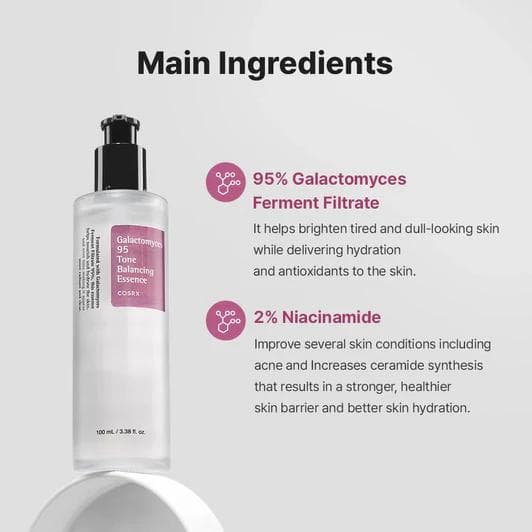
Popular Korean brand COSRX have a galactomyces infused toner. They're already famous for their snail mucin products, another key ingredient in Korean skincare (credits: COSRX)
GFF’s popularity is not just due to clinical efficacy, but also the story behind it: a natural by-product of fermentation, discovered by observing the youthful, luminous hands of sake brewers. In this way, living ingredients connect science with storytelling, two forces that increasingly drive consumer trust.
In this way, living ingredients don’t just offer performance, they offer narrative. They link tradition with technology, craftsmanship with science. Especially in K-beauty and J-beauty, where skincare is deeply ritualised and ingredients are often steeped in history, the appeal of fermentation goes beyond function. It taps into a broader consumer desire for authenticity, transparency, and a return to slow, mindful processes. Products with these ingredients become a symbol of care, intention, and ancestral knowledge, reinterpreted through the lens of modern wellness.
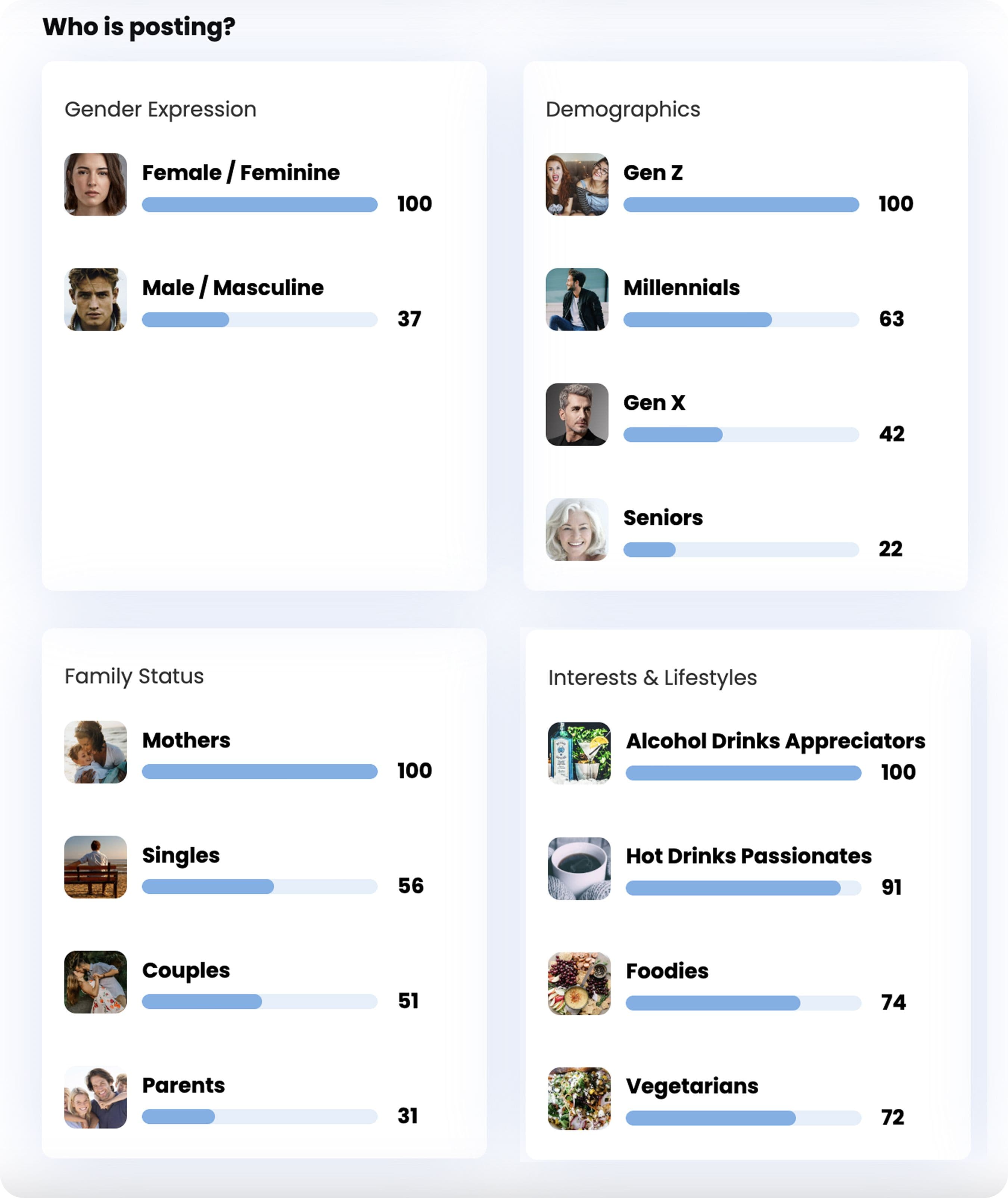
Key information on the top posters amongst our early adopters leading this trend. Screenshot taken in July 2025 from the "Living Ingredients" trend on the Nextatlas platform.
The Gut-Skin Axis: Where Microbiome Meets Beauty
This shift is also tied to the growing mainstream understanding of the gut-skin connection. Today's knowledgeable consumers are now very aware that the health of our internal microbiome plays a significant role in skin clarity, tone, and resilience. The rise of probiotic beauty products, formulated with ingredients that support the skin’s own microbiome, reflects a holistic approach to wellness that sees digestion, immunity, and skincare as deeply interconnected. These products and dietary changes to benefit gut health are now advertised as ways to nourish the skin from the inside out.
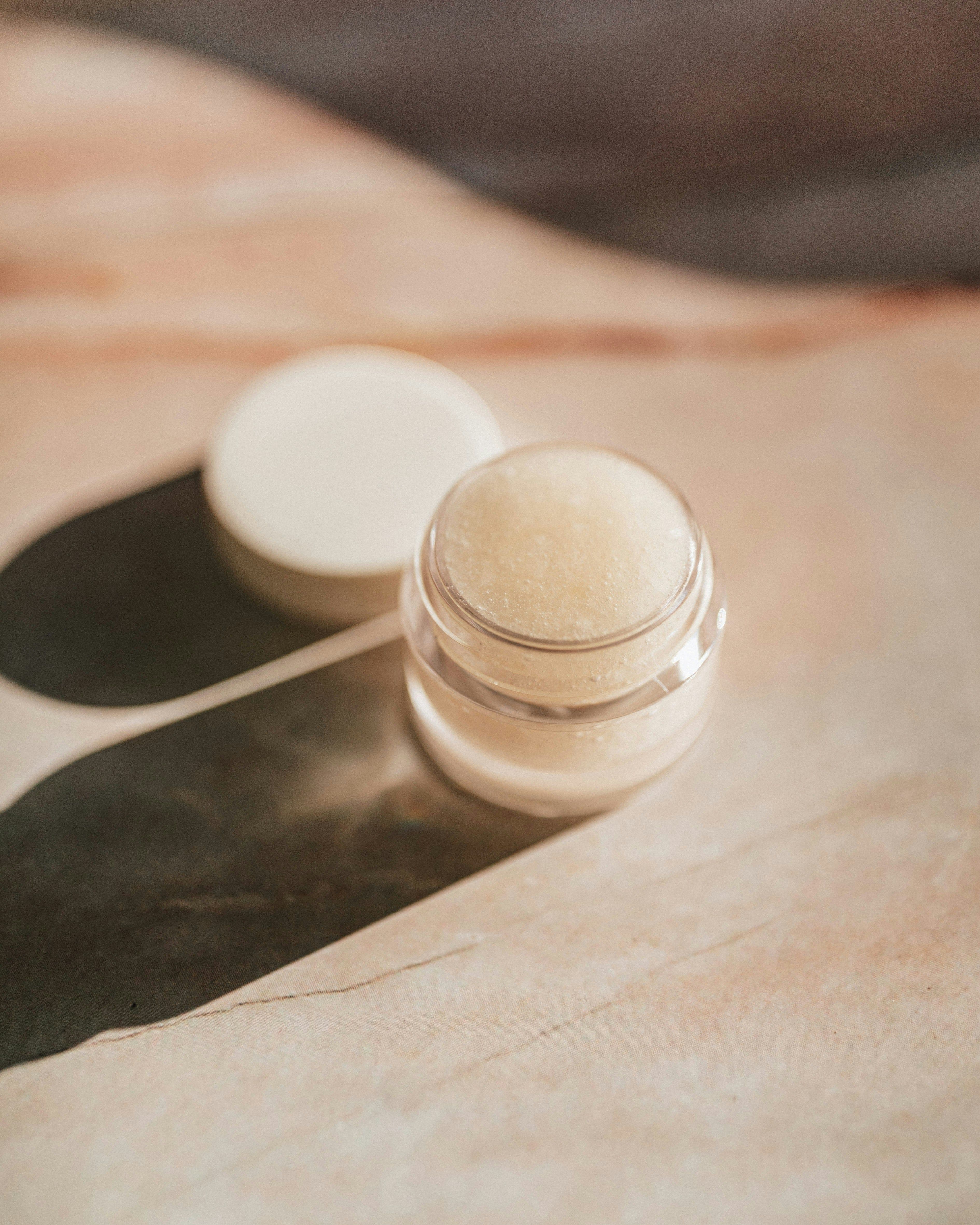
Be ready for big legacy names to follow the trends set by smaller beauty brands and incorporate pro and prebiotics in new launches
In May, L’Oréal filed an international patent for a groundbreaking topical skincare formulation that contains crystallised live probiotics, specifically viable Lactobacillus bacteria, that remain active on the skin for up to 12 hours. Developed after their 2023 acquisition of microbiome specialist Lactobio, the formula is designed to modulate the skin microbiome, increasing beneficial Lactobacillus levels that decline with age, thereby rejuvenating the skin's microbial environment. Experts hailed the patent as a major advance, noting that live probiotics actively metabolise on the skin, unlike inactivated lysates, and that crystallized delivery overcomes traditional stability challenges, paving the way for scalable, microbiome‑modulating anti-ageing skincare.
Time as an Ingredient: The Anti-Fast Beauty Movement
Another reason living ingredients are resonating so deeply is their association with slowness. Craft-focused fermentation and bioprocessing that emphasise patience, precision, and natural transformation reflect a preference for processes that take time and care. In a fast-paced, algorithm-driven world, consumers are gravitating towards products that reflect craftsmanship and intention.
In this context, time itself becomes an ingredient and a signifier of value, integrity, and depth. Fermentation isn’t just a method; it’s a philosophy. A departure from the sterile perfection of industrial production, and a move towards something more organic, more unpredictable, more real. It’s a statement of integrity and depth, reflecting care, ritual, and a chance for ingredients to naturally evolve.
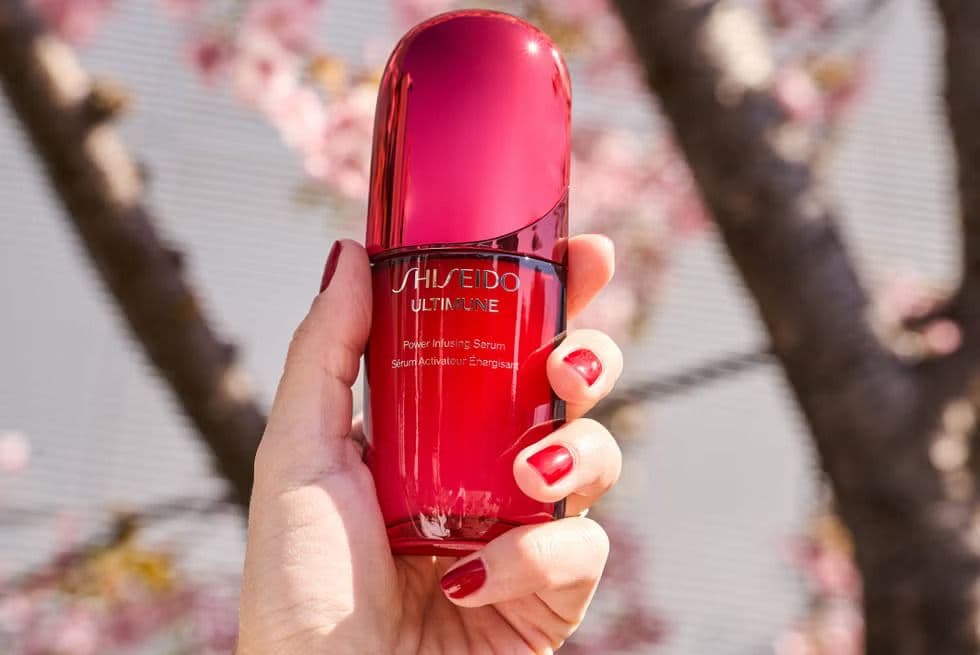
Credits: Shiseido/ELLE Italia
Just last month, Shiseido introduced a 4th‑gen Ultimune Power Infusing Serum featuring fermented camellia seed extract, crafted via traditional sake-style fermentation. Scientific research from Harvard showed that fermenting camellia seeds increases amino acids 3.4‑fold, enhancing hydration, collagen support, and immune-linked skin regeneration through T‑cell recruitment. The brand emphasised the slow, ritualised process, upcycling leftover seeds, and letting time amplify bioactivity, merging heritage with state‑of‑the‑art skincare science.
Why Beauty Is Leading This Shift
Beauty is particularly well-positioned to lead the living ingredient movement because it operates at the intersection of science, ritual, and identity. Skincare routines that bring results are being merged with routines that bring sensory pleasure, wellness alignment, and lifestyle storytelling. Living ingredients hit all of these notes.
Consumers are no longer satisfied with products that promise “flawlessness” via synthetic means. Instead, they want skincare that feels alive, rooted in heritage, and supported by evolving science. They’re looking for products that align with how they eat, how they live, and what they value.

Vicky Tsai, the founder of skincare brand Tatcha, was interviewed by Glamour for Asian American, Native Hawaiian, and Pacific Islander Heritage Month in May, where she emphasized the link between slow skincare routines and traditional rituals from her native culture (credits: Tatcha)
Key Takeaways for the Beauty Industry
- Living ingredients, those that are fermented, cultured, or microbially active, are growing beyond gut health claims to drive deep engagement in beauty.
- Fermentation acts as both a functional benefit (hydration, barrier support, microbiome health) and a narrative asset (slow process, ancestral knowledge, craftsmanship).
- Ingredients like galactomyces are becoming case studies in how tradition and modernity can converge to create cult status products.
- The gut-skin connection continues to grow in consumer awareness, expanding the use of probiotics and prebiotics in topical skincare.
- Time, patience, and “aliveness” are being rebranded as luxury markers, key differentiators in a saturated market.

Trend lines, data, and information described in this article emerge from the ongoing analysis performed by Nextatlas on its global observation pool made of innovators, early adopters, industry insiders expressing their views on Twitter, Instagram, and Reddit.
To learn more about our AI, discover Nextatlas Methodology here
Related articles:
Italy
Torino - Via Stampatori 4, 10122(Operational headquarter)+39 011/0864065VAT number and registration number at the Registro delle Imprese di Cagliari: 03428550929 paid share capital € 167.740,00 — © 2024 iCoolhunt SpA.



